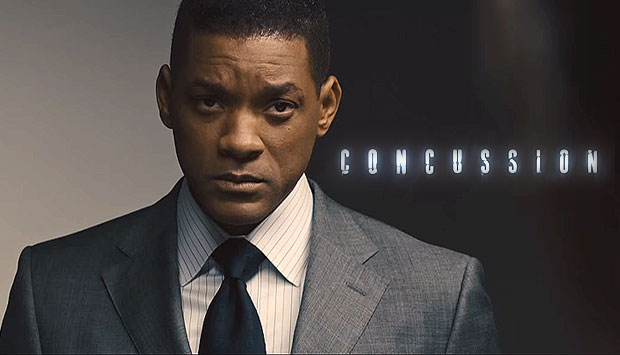People may suffer with mild brain injuries, during sports activities, an accidental drop, or a fight, which may go unnoticed and untreated.
This can lead to serious problems later on. According to Pathologists and Neurosurgeons, mild brain injuries result in degraded cognitive skills and can be life threatening as well.
Will Smith won many film awards for playing the role of a Nigerian pathologist in the movie Concussion.

In the movie, the protagonist, Will Smith (Dr. Bennet Omalu), claims to have researched on Chronic Traumatic Encephalopathy (CTE) disease, which degenerates the brain of professional football players during their lifetime. The movie also depicts the reality of National Football League (NFL) players who suffer from brain injuries or concussion while colliding with opponents.
Now, Indiana University has invented head mounted displays (HMDs) that can detect mild traumatic brain injuries (mTBI) by simply tracking the movement of human eyes. The HMD mTBI device includes a display screen, audio input/output jack, infrared LED lights, HD micro-cameras, keypad or touchscreen, and hardware sockets. The person with a mild concussion or any person having history of brain injury can simply wear the HMD mTBI device.
The HMD mTBI device calculates and derives diagnostic results while tracking the movement of eyelids and cornea of the wearer. Once the wearer is ready to perform the brain test, the device sends infrared rays towards the wearer’s eye, which are then reflected back to the HMD’s micro-cameras. In response, the HMD mTBI device determines the orientation and angle of wearer’s viewing perspective and records the data. An interactive display screen displays a sequence of tasks, which instruct the wearer to move eyes in specific directions. After fetching all the desired data, the HMD mTBI device compares standard eye movement data with the eye movement data of a potential mTBI affected person. If the HMD mTBI device perceives marginal differences in the eyes movement parameters, then it indicates the case of mild brain injury.
Publication number: US 20160213301
Patent Title: EYE MOVEMENT MONITORING OF BRAIN FUNCTION
Publication date: 28 Jul 2016
Filing date: 3 Oct 2014
Inventors: Nicholas L. Port;
Original Assignee: Indiana University Research and Technology Corpora tion


